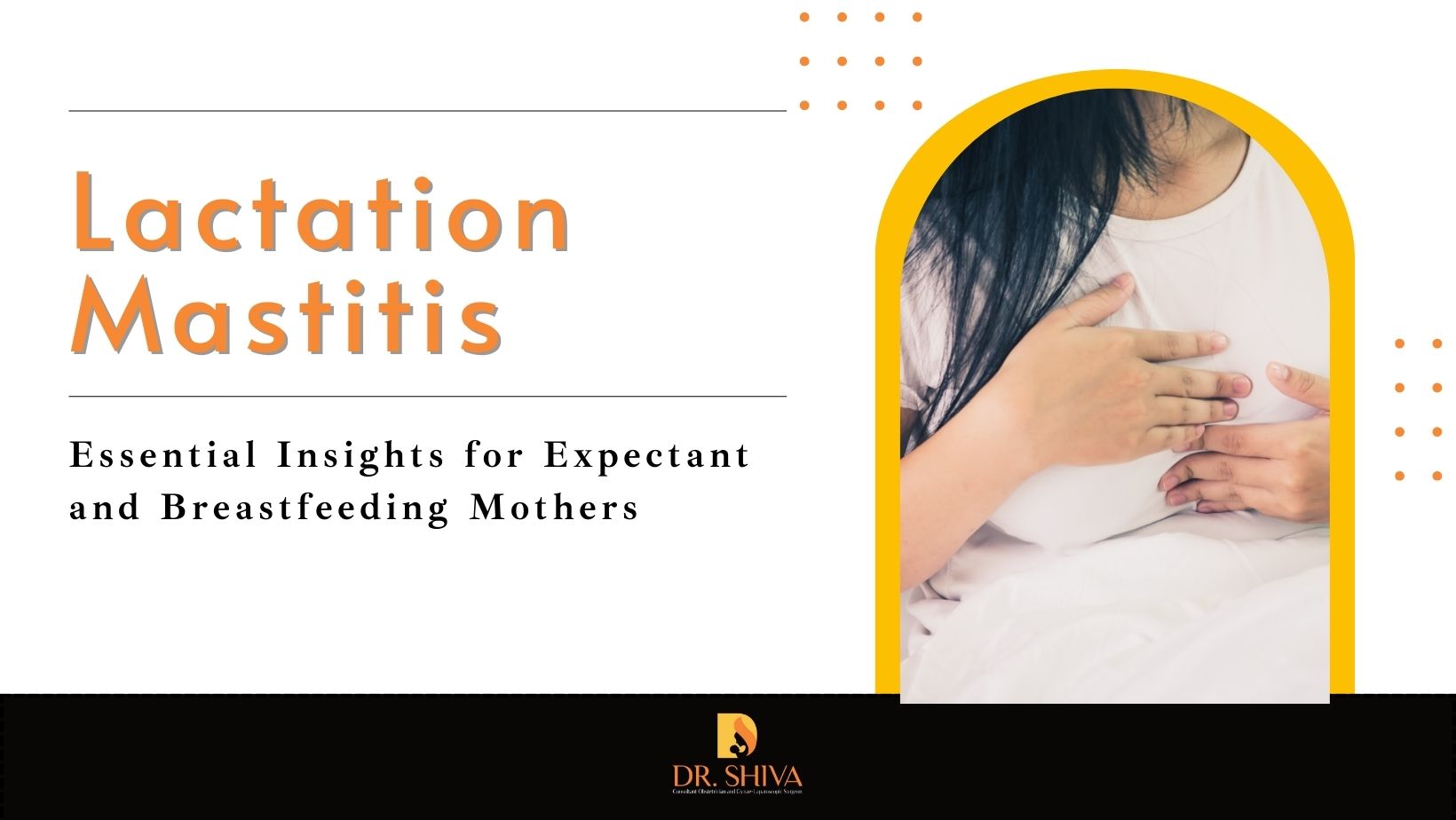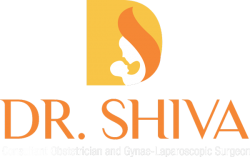
Alternate breast switching for feeding can prevent milk from collecting. Lactation Mastitis is a common condition that affects breastfeeding women, causing inflammation and pain in the breast tissue. It occurs when bacteria enter the breast through a cracked or sore nipple, leading to an infection. It can affect around 30% of breastfeeding moms in the world. Mastitis may cause the mother to wean her baby early due to pain and discomfort, but it is necessary to continue breastfeeding as it helps relieve the symptoms.
Causes of Lactation Mastitis
Mastitis is caused by an oversupply of milk or hyperlactation. It results in engorgement, i.e., the breasts become large and swollen. This is known as inflammatory mastitis.
Another factor is infection caused by bacteria, with the most common being Staphylococcus aureus. Infections occur due to blocked milk ducts or improper breastfeeding techniques when the milk in the breast has not been emptied, and it becomes a place for bacteria to grow and multiply. It can also occur when an infection enters the breast through a cracked nipple.
Certain other factors that can increase the risk of developing mastitis include a weakened immune system, wearing tight-fitting bras, or smoking.
Symptoms of Mastitis
The symptoms of mastitis can develop rapidly and may include:
- Breast tenderness and pain
- Warmth, redness, inflammation, or swelling in the affected breast.
- A hard lump or area of engorgement on your breast
- Fever and chills
- Feeling unwell or fatigued
- White or blood discharge from the nipple
Complication of Lactation Mastitis
If not treated on time, pus or abscesses will collect in the breasts and have to be drained surgically. Hence, consult with your doctor as soon as you feel you may have mastitis.
Treatment for Mastitis
Prompt treatment is essential to managing mastitis effectively. They typically recommend the following measures:
- Continue breastfeeding: Breastfeeding should continue during mastitis. These pose no risk to the baby. Feeding frequently can help clear the infection and relieve symptoms. Alternate breast switching for feeding can prevent milk from collecting.
- Warm compresses: Applying warm compresses to the affected breast can help reduce pain and promote milk flow.
- Apply ice
- Lymphatic drainage massage for breasts.
- Adequate rest and hydration: Resting and staying well-hydrated are crucial for the body to combat the infection.
- Pain medications can alleviate discomfort and reduce inflammation.
- Drink a lot of fluids.
- Your healthcare provider may recommend antibiotics to clear the infection. But make sure to consult with your doctor before taking any medications if you are breastfeeding your baby.
Prevention of Mastitis
Preventing mastitis can be achieved through the following measures:
- Proper breastfeeding techniques: Ensuring a proper latch and position during breastfeeding can help prevent nipple damage and reduce the risk of infection.
- Feed the baby when necessary and avoid very long gaps between feedings.
- Avoid excessive pumping of breastmilk, or pump only the amount that the baby will require. Excessive pumping will increase milk production, which does not help when you have mastitis. If the baby refuses to have milk due to sickness, pump out just enough milk to soften the breasts.
- Addressing cracked nipples: Treating cracked or sore nipples promptly can prevent bacteria from entering the breast.
- Good hygiene: Practicing good hand hygiene before breastfeeding can minimize the risk of infection.
Mastitis is a common condition among breastfeeding women and usually occurs in the first three months after delivery. Proper understanding and care can effectively handle it. Recognizing the symptoms early and seeking prompt treatment can lead to a quicker recovery. By adopting preventive measures and maintaining good breastfeeding practices, women can reduce the risk of developing mastitis and experience a smoother breastfeeding journey. If you suspect you have mastitis or experience persistent symptoms, it is essential to consult with a healthcare professional for appropriate evaluation and treatment.

Recent Comments